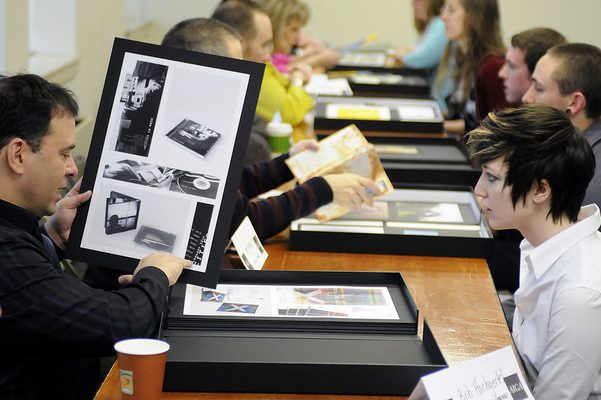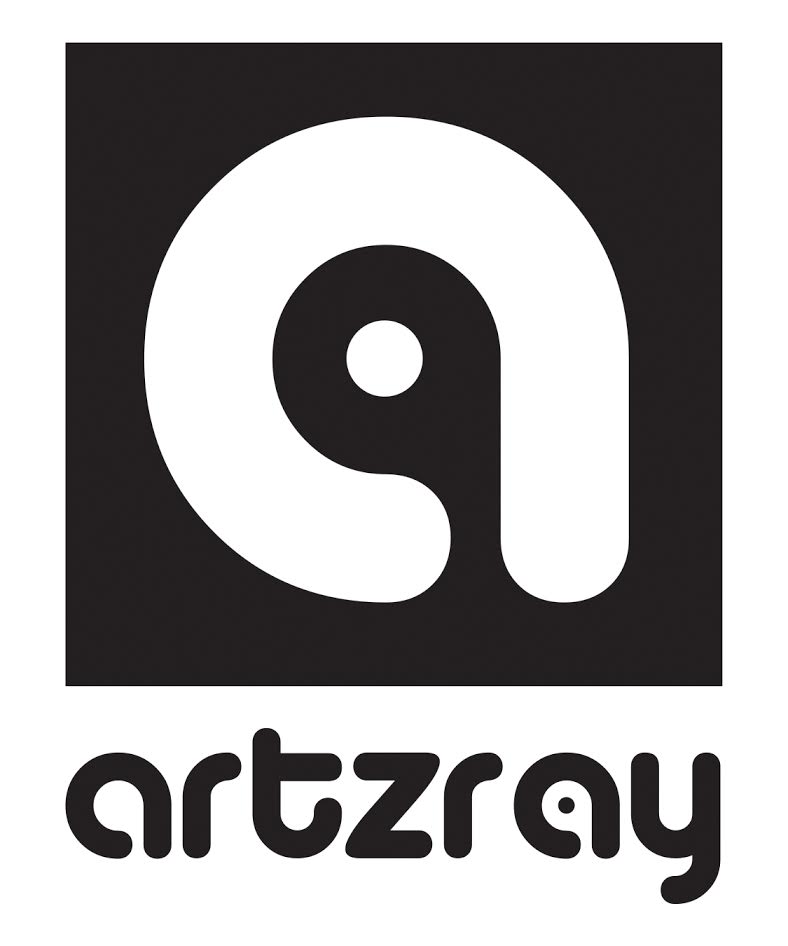Planning Your Art Portfolio – It’s Never Too Early


Art Portfolio. The words alone sound intimidating. And they should, it’s one of those make or break parts of your college application. So when building yours, make sure it clearly represents your skills, passions, and your singular perspective. To do so requires creating, planning, and research. No pressure. Here’s how to get started:
1. Get Creating
Carry a sketchbook or notebook and a camera (easy) with you everywhere. Fill the pages. Record what you see. Consume art everywhere you can. Journal about your own art and that of others. Discover what influences you. Learn which mediums entice you. Engage with other artists. Explore new ideas. Take risks. All of it will influence your art.
2. Get Organized
Understand the objectives necessary to create a solid portfolio and then set aside time to accomplish them. Create a schedule and stick to it. Building a collection of artwork takes time: for ideation; for sketching, mock-ups, and modeling; for finishing; and to photograph your completed pieces. Some will be classroom projects; others should be independent work.
Many believe that six months is the minimum time required to build a sound collection from scratch. Planning ahead means everything. Rushed work looks rushed and incomplete, so use your time wisely everyday.
3. Do Your Research
Every college has a different set of art portfolio guidelines. Make sure you carefully read – and reread – the requirements of each. They’ll vary in number of pieces, and even medium. Some will request specific supplementary work. Others will be general. Most will want you to include sketches as well as work from personal observation. Pay attention to the details of each program.
Build the specifications of each college into your portfolio-building schedule. Understand where requirements overlap and where you’ll need to submit additional pieces.
4. Tell Your Story
Portfolios unfold like a book. Start strong, end strong, and tell a story along the way. Your order could be chronological, by subject matter, medium, or by a theme of your own choosing.
Finally
The tangible components of your art portfolio are critical. They speak to your skills and capabilities. Simultaneously, the intangibles – your early investment in making, planning, and paying attention to the details – will provide a true picture of your passions, thoughtful dedication, and unique point of view.





